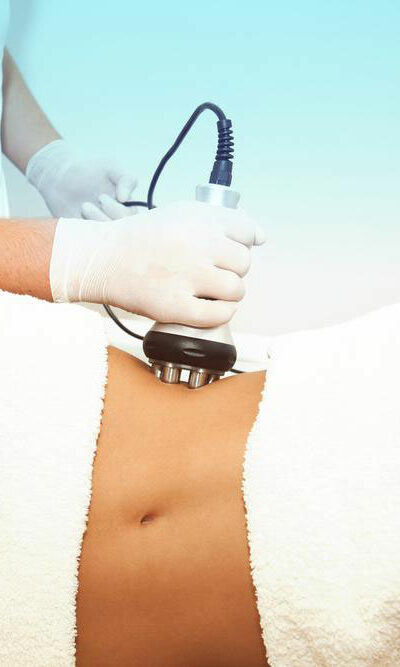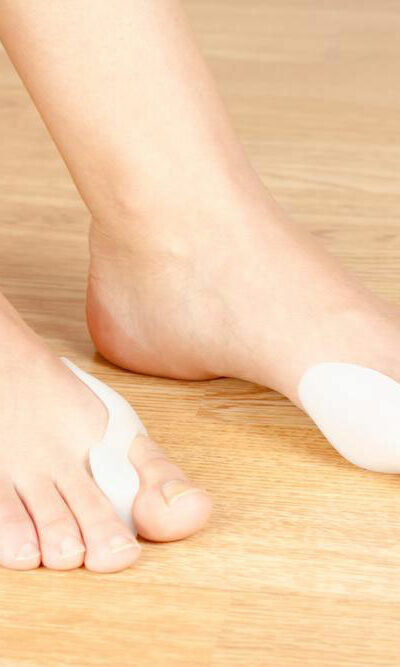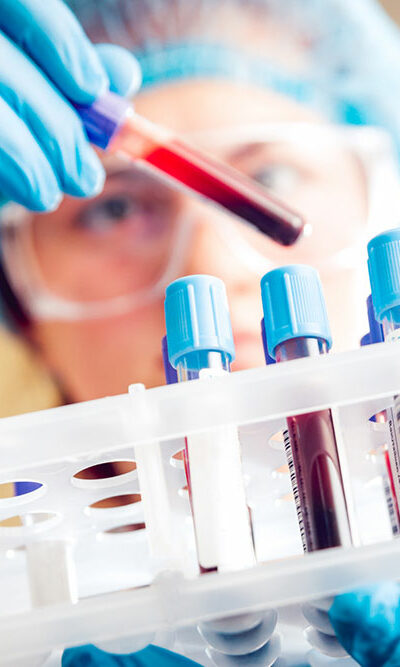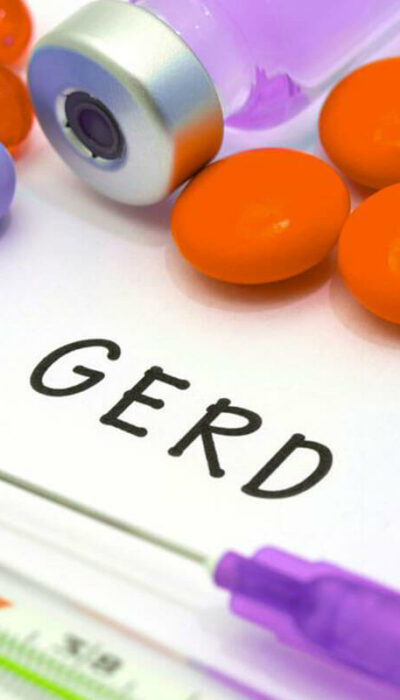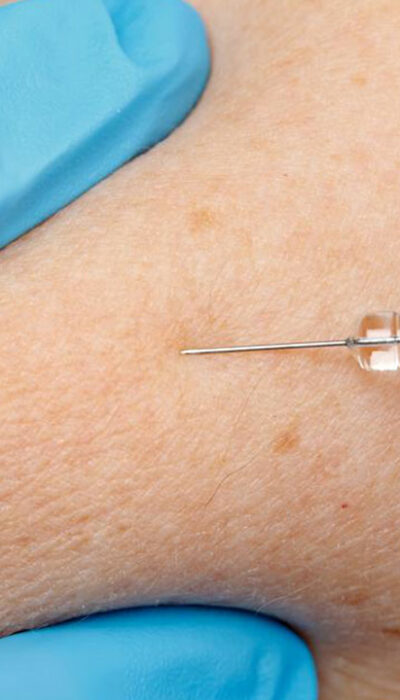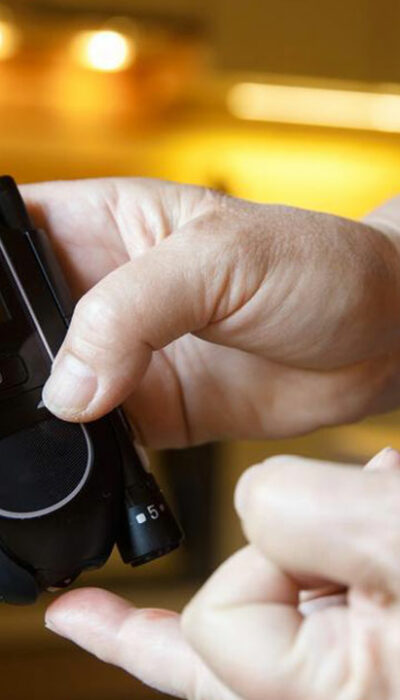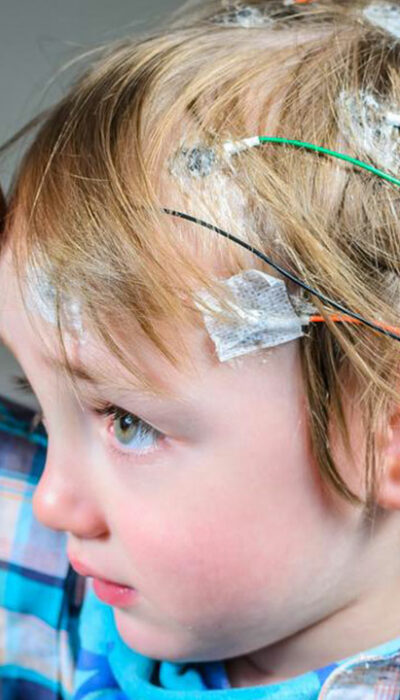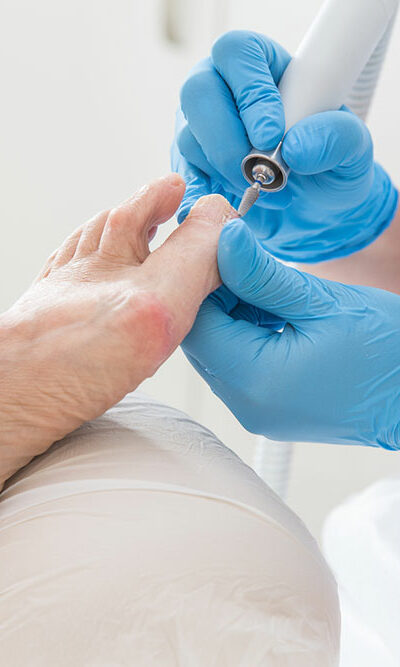
Benefits of Listerine for Toenail Fungus
Toenail fungus occurs mainly due to a living organism called dermatophyte which starts growing in your toenail. It lives and thrives in places that are damp and dark. Therefore, your toenail becomes a perfect place for the organism to grow. There are multiple, both cheap and expensive, treatment options available for toenail fungus. However, one of the cheapest and the most effective treatment options for toenail fungus would be the listerine mouthwash. However, many are skeptic about the results of l isterine for toenail fungus . So, in this article, let’s see the benefits of listerine. What is listerine? Before diving any further into the discussion, let’s have a look at the background and history of listerine. It was invented in the year 1879 as a disinfectant and surgical antiseptic by Dr. Joseph Lister. It is used effectively for the treatment of gonorrhea. Listerine is sometimes also used as a floor cleaner. Although it was invented long ago, listerine was not used as a bottle of mouthwash until the 1970s. Presently, many use listerine for toenail fungus treatment as well. How listerine Works for Toenail Fungus Listerine uses different antiseptic properties of various alcohols and other substances to treat toenail fungus. It has some incredible ingredients that really make listerine effective. However, the manufacturers of listerine do not market the product as a useful treatment option for fungal infection. Nonetheless, because it has some ingredients that might help to treat toenail fungus, you have all the right to assume the efficacy of Listerine for toenail fungus. Let’s have a look at some of those ingredients. Thymol It is extracted from the herb called Thyme. Thymol is rich in Vitamin A and C. It is also a good source for calcium and magnesium. It gets absorbed in the skin and plays the role of an anti-inflammatory agent.
